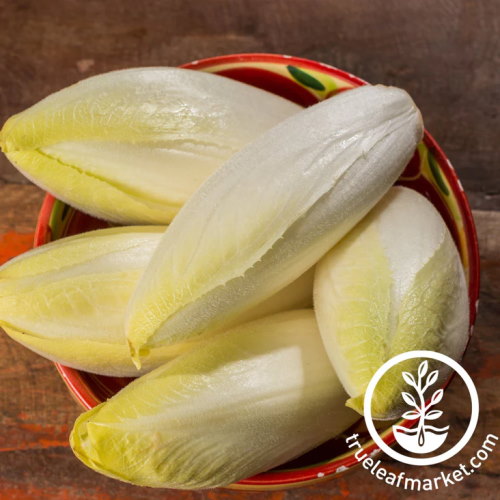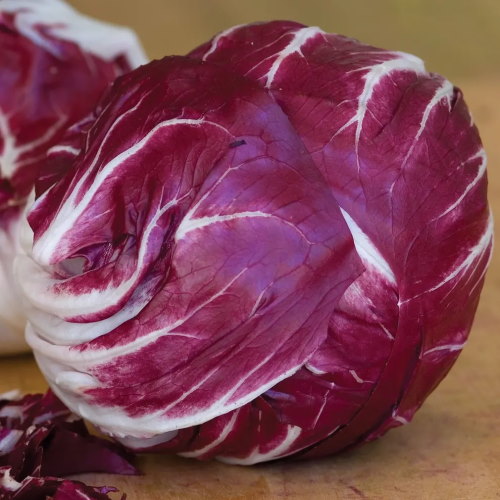How to grow chicory for tangy leafy greens to spice up cold season dishes
All you need to grow chicory from sowing to harvesting - including expert tips for forcing plants
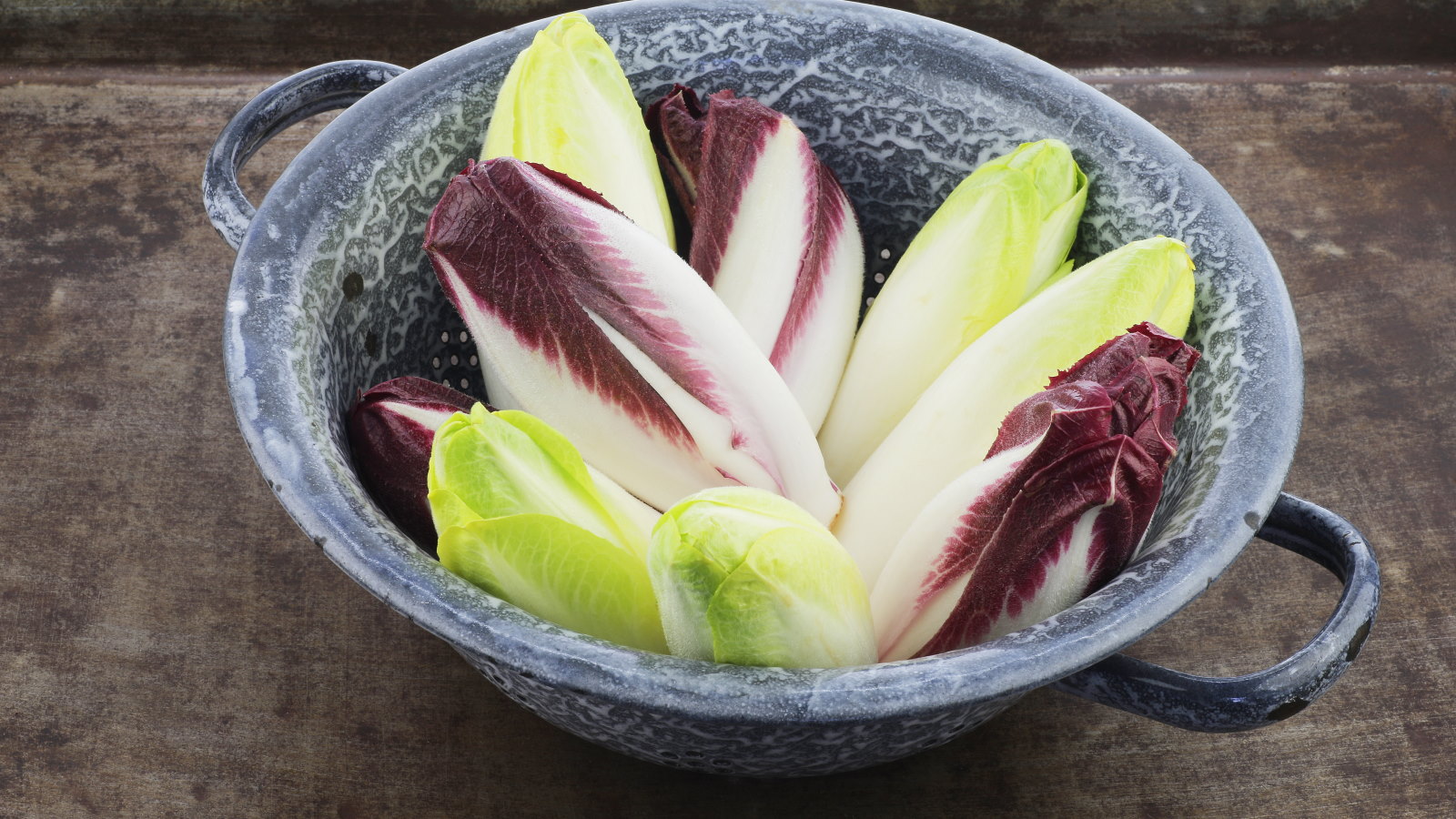

Chicory is a leafy vegetable that looks like lettuce but tastes more bitter. It is a hearty cool-weather crop that can bring an earthy bite to salads, stir-fries, and other dishes during fall and winter.
There are different types of chicory to grow, coming in varying colors, leaf shapes, and flavors. Some varieties are solely grown for the leafy heads, but others are cultivated for the roots and can be forced for harvests of sweeter young leaves.
It is simple to grow chicory in a backyard vegetable garden for a crop of bitter leafy greens to add extra flavor, texture, and color to salads. Chicory seeds are widely available and this guide looks at all you need to know to grow chicory successfully from seed to harvest.
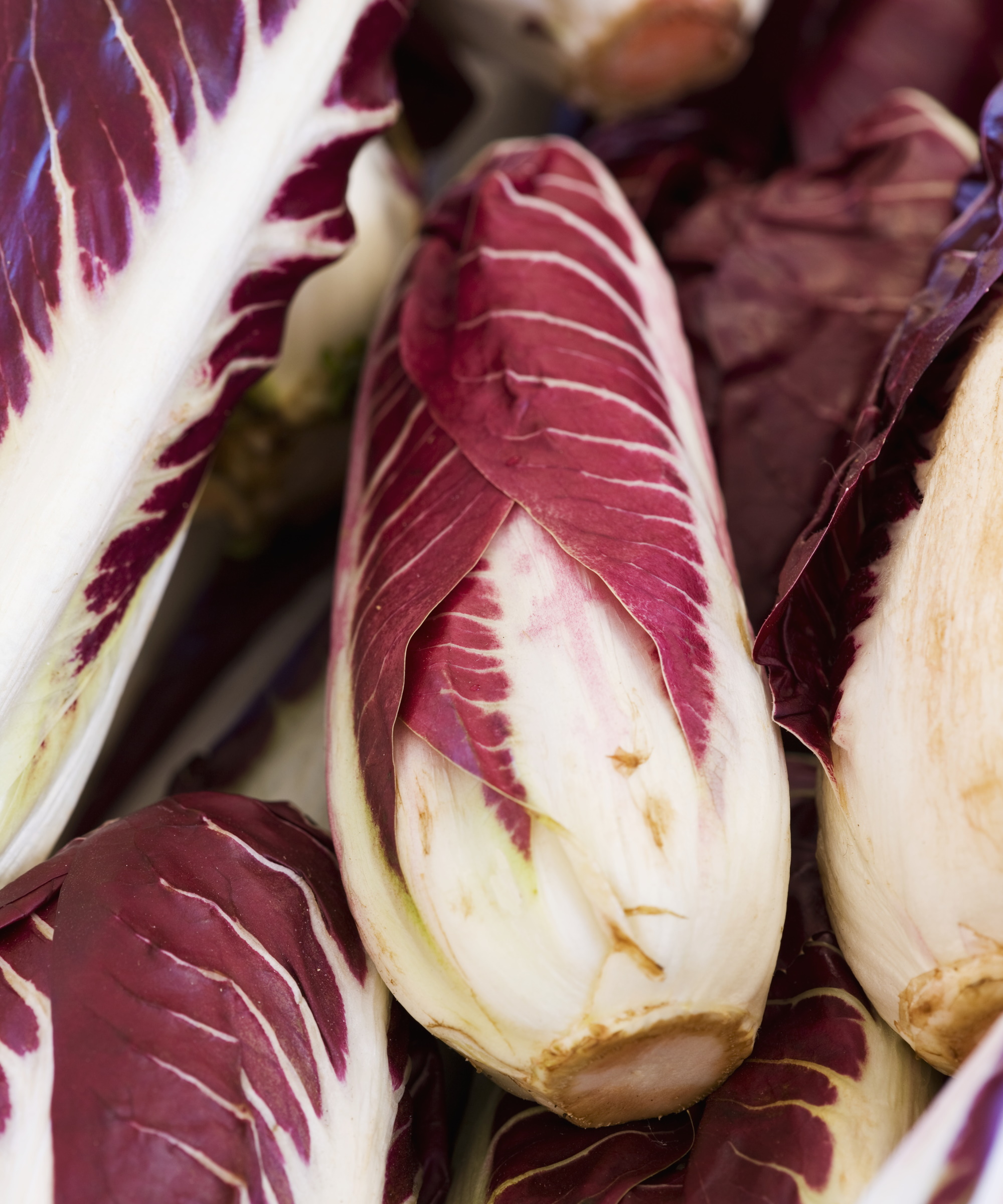
There are red and white varieties of chicory to grow - as well as different leaf shapes
What is chicory?
Chicory is a cool-season vegetable characterized by slightly bitter flavors. Also known as Italian dandelion, Belgian endive, and French endive, chicory comes in different types - red chicory (also known as radicchio), sugarloaf, and forcing chicory. The two most common types grown in vegetable gardens are attractive red-leafed radicchio and witloof, a light green forcing chicory.
Chicory seeds are commonly available in garden centers or online. Once you have decided on the type to grow, the next step in knowing how to grow chicory is where and when to sow seeds:
How to grow chicory from seed
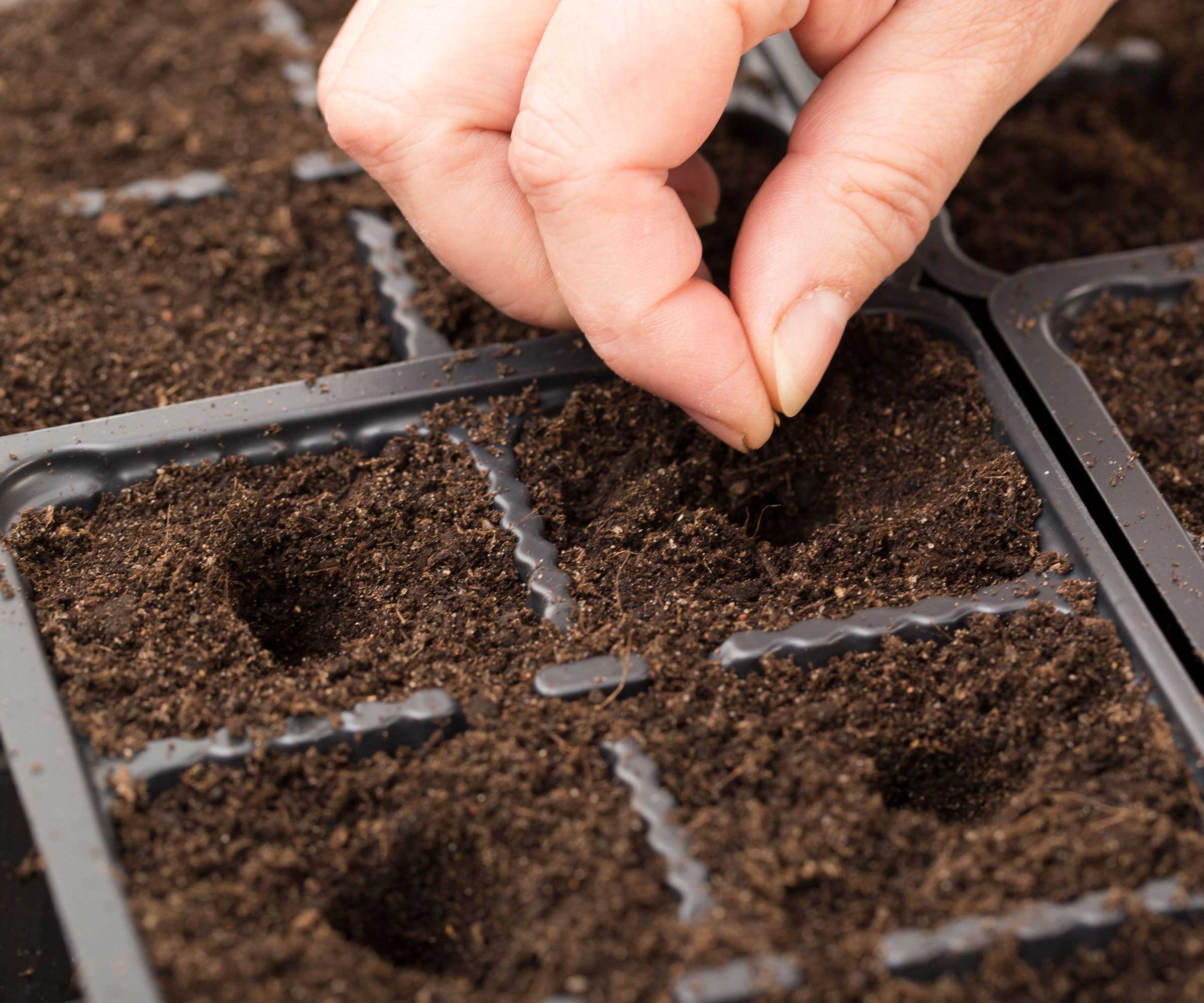
Grow chicory from seed in large modules to avoid root disturbance
Chicory wants to grow in a sunny spot in a well-draining soil type with a pH of 6-7.5. It is a crop best suited to cooler climates as it thrives growing between 50-75ºF. When temperatures rise above 75ºF the growth slows, while the crop’s flavor changes and plants start to bolt and go to seed.
Chicory seeds for forcing should be sown outdoors in the early to mid-spring, while non-forcing varieties can be sown from mid-spring to early summer. Sow seeds outdoors a half-inch deep in rows 12 inches apart and thin plants to at least eight inches apart as they develop.
Growers in colder climates can start vegetable seeds indoors to get ahead. Sow seeds indoors into large module trays filled with good seed-starting compost and keep them at a temperature of 65-70ºF in a heated propagator or on a warm windowsill for good germination. Transplant seedlings out into the garden once the risk of frost has passed.
A second sowing is also possible for later harvests. Either sow a fast-maturing type in summer for a late fall harvest outdoors or sow seeds in mid-to-late summer to transplant seedlings undercover - as you can grow the crop in a greenhouse in the fall. It is recommended that summer sowings are done indoors, as germination can be erratic outdoors during the hotter months.
Shop chicory seeds
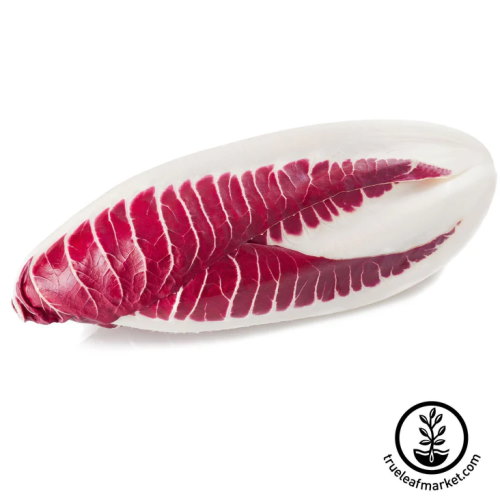
'Red Treviso' is a variety of chicory that originates from Treviso, Italy. The leaves are green in summer and develop to their dark red color in cool weather.
How to grow chicory - care tips

Grow chicory in well-draining soil to avoid rotting
Keep chicory well-watered throughout the growing season. It is vital to water young plants regularly and keep the soil moist during summer, as a lack of moisture can affect the flavor and cause chicory to bolt. When you water plants, water the soil rather than watering the chicory from above as wet foliage can cause fungal diseases.
Mulching around plants with a two-inch thick layer of compost, leaf mold, or straw can help retain moisture in the soil and suppress competition from weeds for water and nutrients. Take time to get rid of weeds from around the chicory plants, it is an important care task as the crop does not like competition. Carefully running around rows with a garden hoe is an ideal way to remove any young weed seedlings.
Chicory does not require lots of fertilizing. Adding organic matter, including compost or well-rotted manure, to the planting site before sowing will enrich the soil. Around a month after transplanting, or once the seedlings are large enough to thin, feed plants with a quarter-cup of high-nitrogen fertilizer, such as this natural organic 12-0-0 blood meal from Burpee.
Chicory is susceptible to damage from slugs and snails, that will nibble holes in the leaves. Placing rough surfaces, such as crumbled eggshells or grit, around plants or using beer traps are two good slug control methods to stop them from troubling plants. Encouraging lots of beneficial wildlife is also a good way to get rid of slugs as many garden visitors will eat the pests.
How to harvest chicory
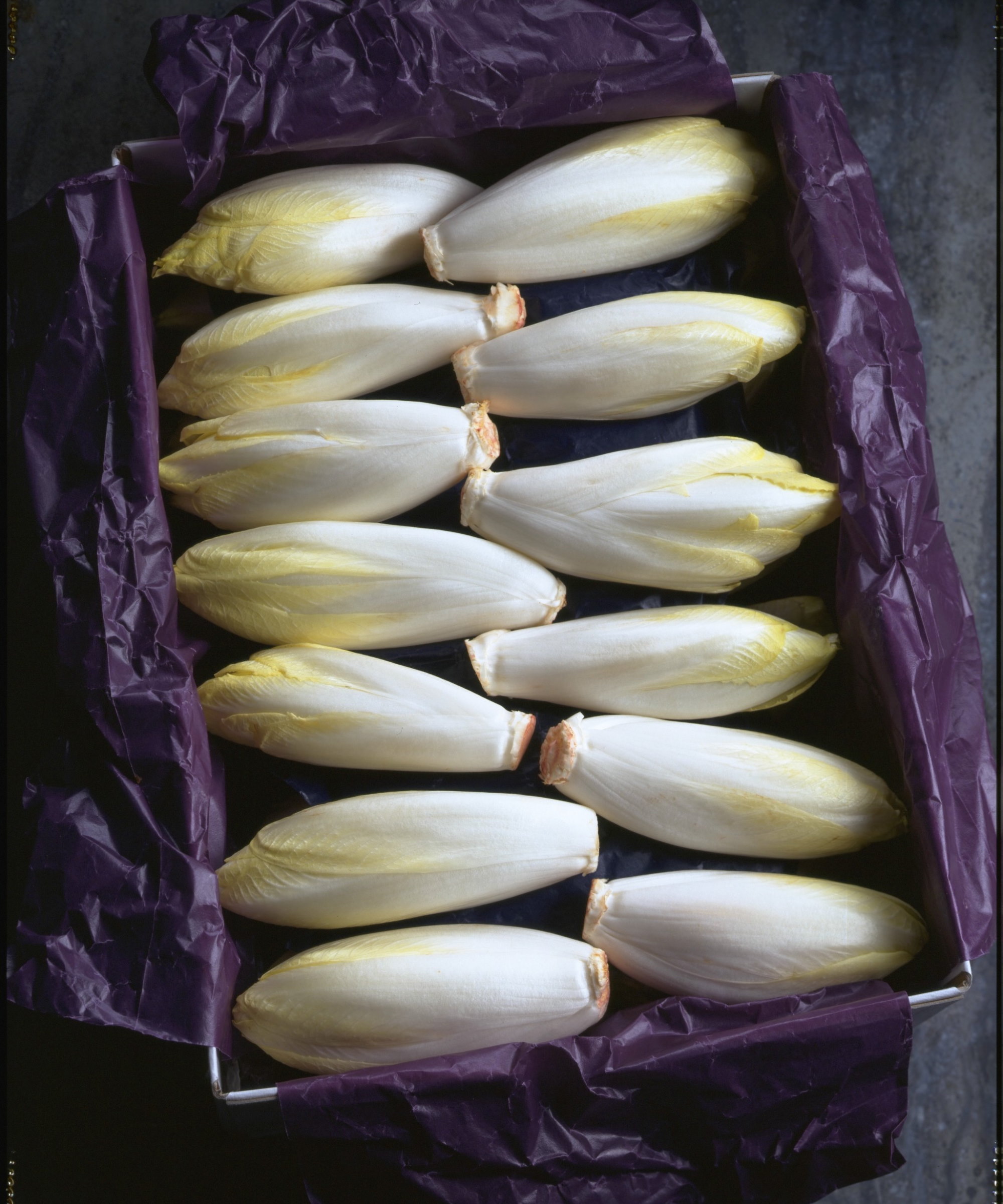
Chicory is usually ready to harvest from early fall onwards
Non-forcing types of chicory are harvested once the hearts form and the head reaches full size. Alternatively, the plants can be harvested as baby cut-and-come-again leaves for summer salads - but most growers let the heads develop to maturity and harvest from late summer onwards.
Lift the head once it reaches the desired size and is firm, which can be 10-12 weeks from the seeds germinating depending on the particular variety. Waiting too long to crop is a harvesting mistake as the chicory can get tough and bitter. Use a sharp knife to cut the head just above ground level. Leave the stump in the ground and it may develop a second, smaller head to harvest later.
The process of harvesting forcing types of chicory is a bit more complicated. Ashleigh Smith, managing editor of True Leaf Market, recommends harvesting the roots by digging the plant from September to December before preparing them for forcing for chicons - the name for the forced new growth.
‘The root should be swathed and allowed to dry. After drying, remove the tops,’ says Ashleigh. ‘Store until you can use the roots as a coffee substitute or force them to produce chicons.’
The dried roots can be planted in pots filled with compost and covered with a bucket. Keep the pot in complete darkness and somewhere cool at 50–60°F. Ashleigh Smith says it should take ‘20-30 days’ to produce chicons around six inches tall. She adds: ‘The leaves can be harvested as you would cos or romaine lettuce by cutting the head.’
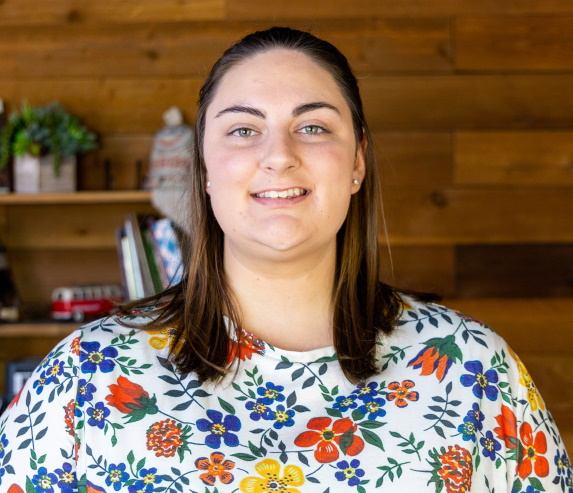
Ashleigh Smith is the Managing Editor at True Leaf Market with a bachelor's degree in horticulture from Brigham Young University - Idaho. True Leaf Market is a nationally certified organic, non-GMO seed and horticultural company based in Salt Lake City, Utah.
FAQs
What is the life cycle of chicory?
Chicory is a biennial plant, but commonly grown as an annual plant in vegetable gardens. As a biennial plant, it has a two-year growing cycle. It produces a leafy head in the first year and then, after winter dormancy, flowers and sets seed in year two. Chicory left over winter in a vegetable garden will start to grow again in spring and go to flower.
There are many different related types of chicory. Some, as mentioned above, are grown for salad leaves, while others are biennial or perennial herbaceous plants that grow blue flowers. These flowers open in the morning and close later that same day. Common chicory, or wild chicory, is native to Africa, Asia and Europe, but has spread worldwide and is now classed as a harmful weed in some US states.
Sign up to the Homes & Gardens newsletter
Design expertise in your inbox – from inspiring decorating ideas and beautiful celebrity homes to practical gardening advice and shopping round-ups.

Drew’s passion for gardening started with growing vegetables and salad in raised beds in a small urban terrace garden. He has worked as a professional gardener in historic gardens and specialises in growing vegetables, fruit, herbs, and cut flowers as a kitchen gardener. That passion for growing extends to being an allotmenteer, garden blogger, and producing how-to gardening guides for websites. Drew was shortlisted for the New Talent of the Year award at the 2023 Garden Media Guild Awards.
-
 The biggest curtain trends to follow in 2025 – 8 key looks to shop that will instantly elevate your rooms
The biggest curtain trends to follow in 2025 – 8 key looks to shop that will instantly elevate your roomsThese are the colors, styles, and materials to embrace in your windows this year if you want desirable drapes, plus our favorite places to shop the trends
By Lilith Hudson
-
 Reese Witherspoon upgraded a small corner into a cozy reading nook – designers say you can replicate her 'ultimate little escape' (from $18)
Reese Witherspoon upgraded a small corner into a cozy reading nook – designers say you can replicate her 'ultimate little escape' (from $18)'It’s all about comfort, calm, and just the right amount of cozy': You only need three things to follow Reese's example – and it's not only for book lovers
By Megan Slack
-
 7 of the best tomatoes for growing in pots – expert growers pick their top varieties ideal for large harvests from containers
7 of the best tomatoes for growing in pots – expert growers pick their top varieties ideal for large harvests from containersYou can enjoy bumper homegrown harvests in small spaces
By Drew Swainston
-
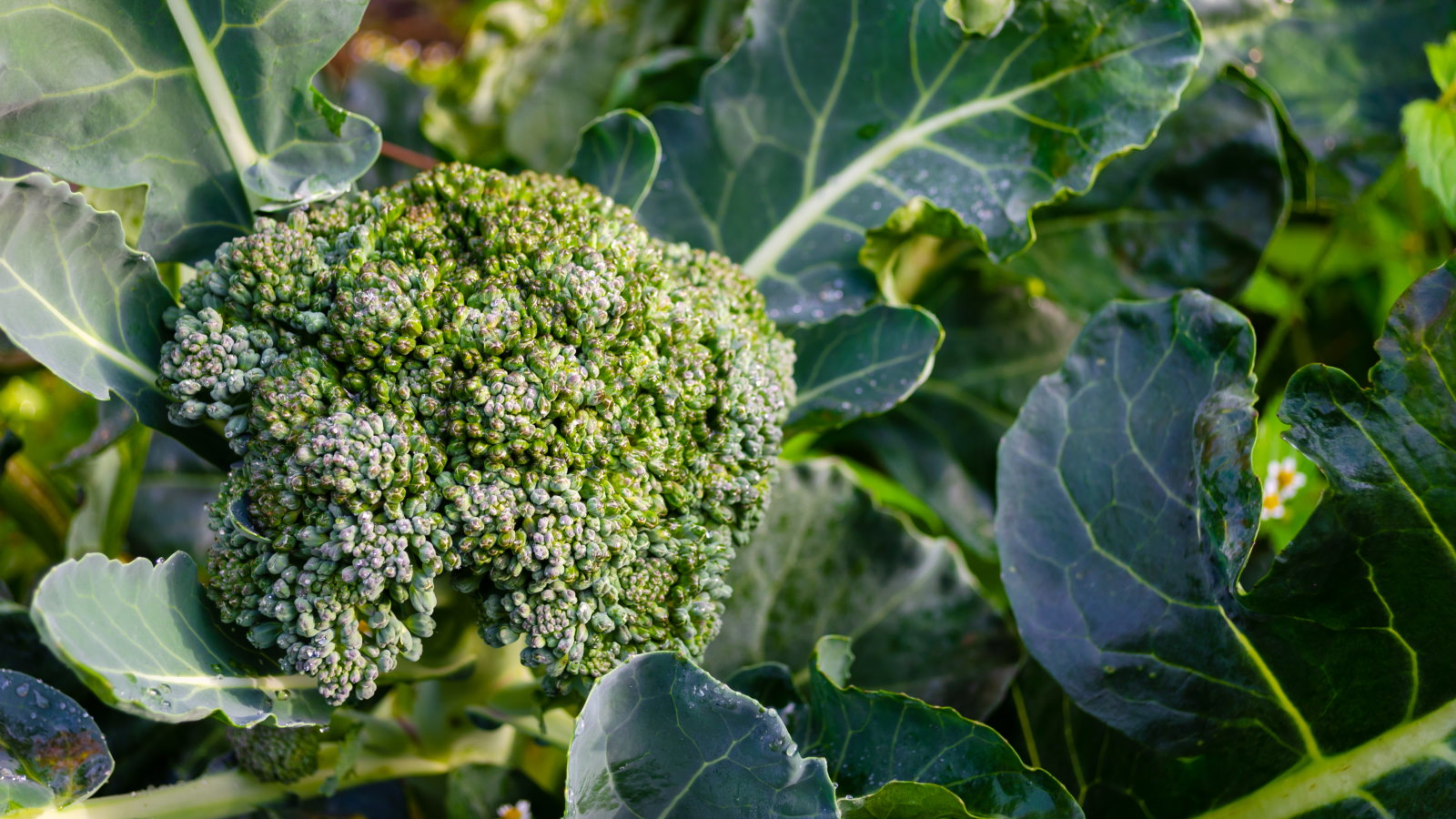 These 5 plants can help you get the best, and potentially tastiest, broccoli ever – discover what to plant with broccoli, and what to avoid
These 5 plants can help you get the best, and potentially tastiest, broccoli ever – discover what to plant with broccoli, and what to avoidOur selection of vegetables, herbs, and flowers is perfect for companion planting with broccoli
By Drew Swainston
-
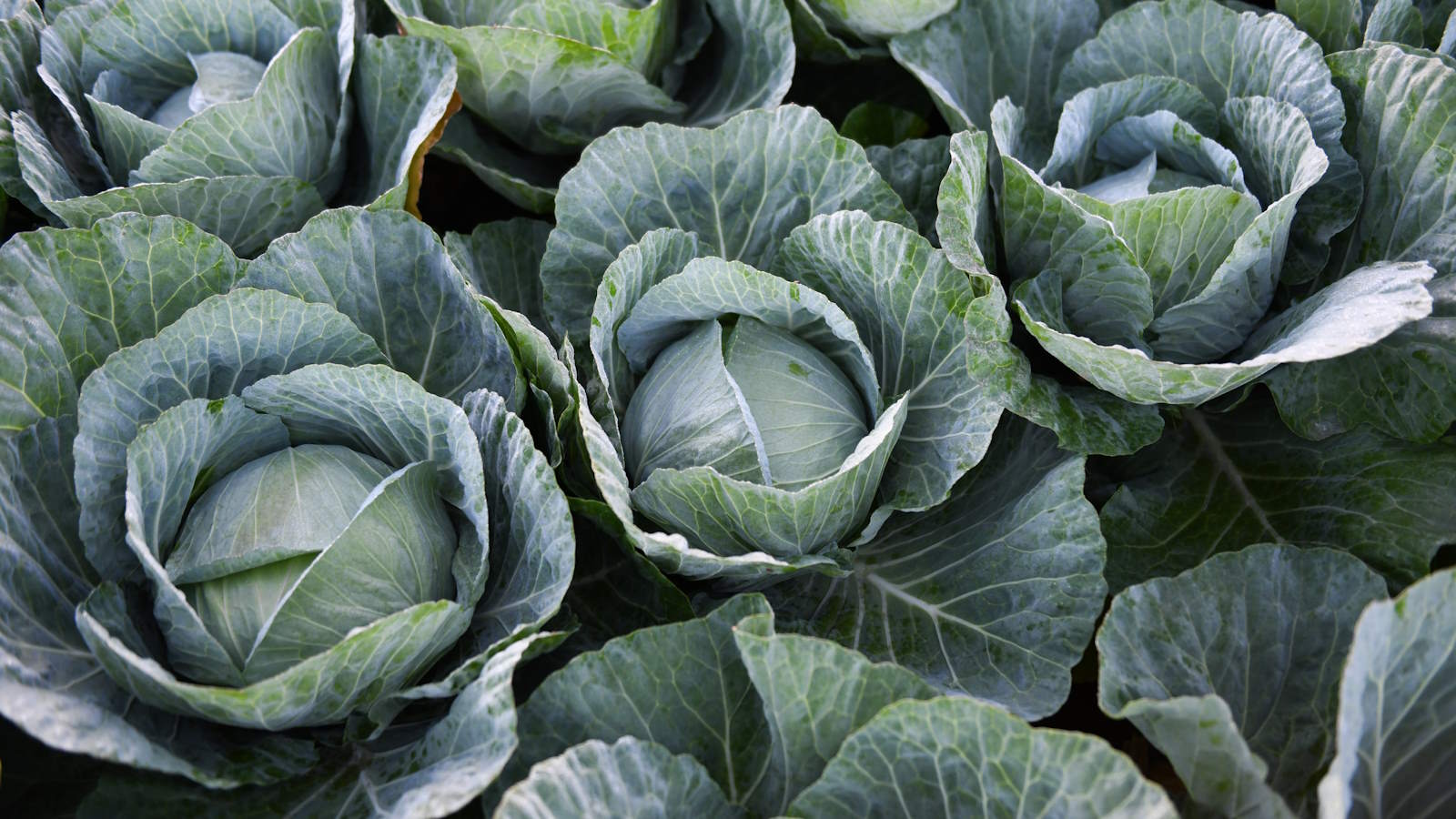 How to grow cabbages in containers – expert tips for top harvests in small urban spaces
How to grow cabbages in containers – expert tips for top harvests in small urban spacesYou can grow lots of different cabbages in pots, troughs, grow bags, or buckets
By Drew Swainston
-
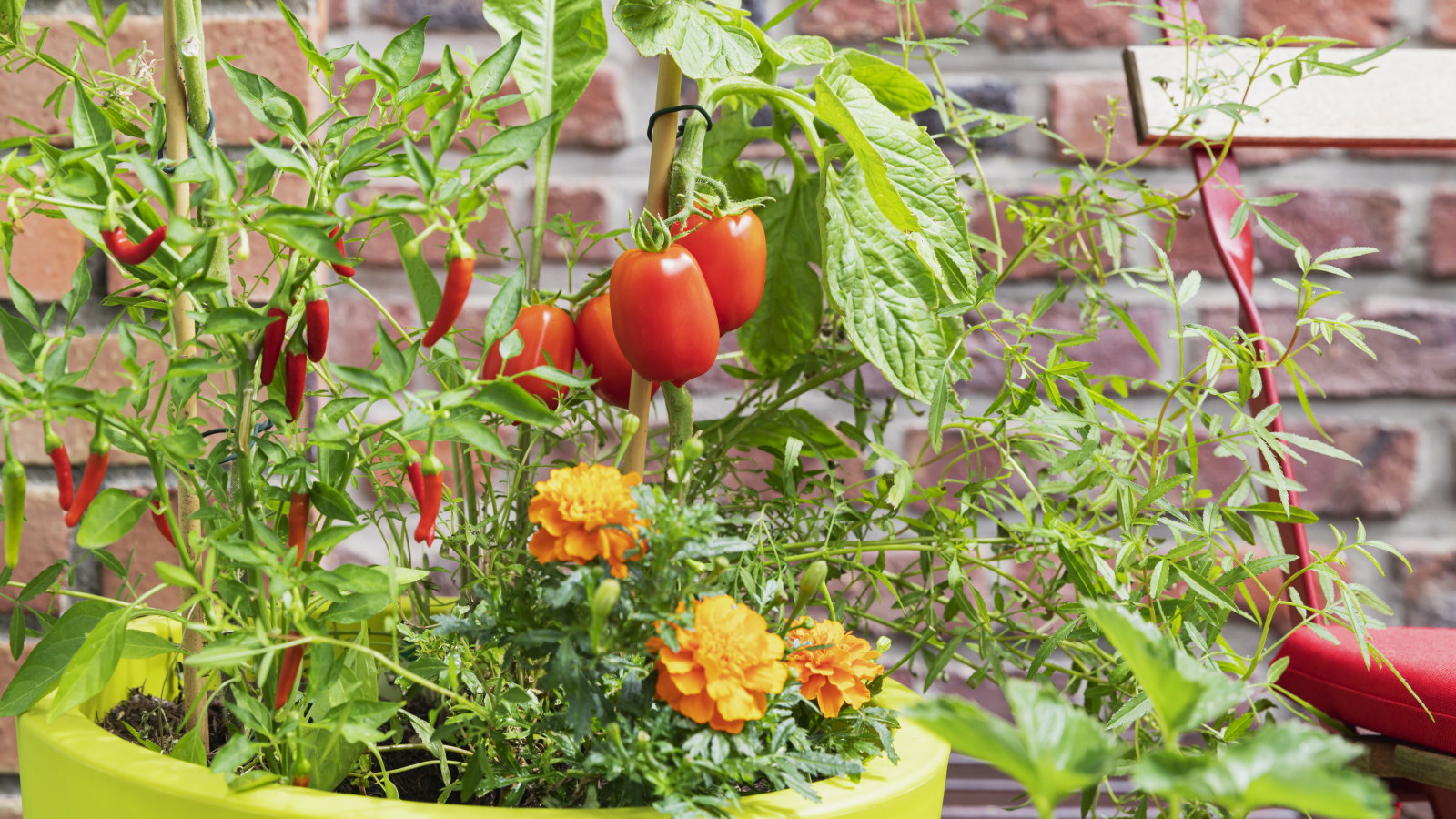 You'll get the best homegrown tomato crops if you plant them next to this one flower – discover why these two are a dream combination
You'll get the best homegrown tomato crops if you plant them next to this one flower – discover why these two are a dream combinationYour tomato plants will be pest-free and covered in fruits
By Drew Swainston
-
 Direct sowing vs transplanting – our grow-your-own expert advises which is best, and shares 5 veggies you should always sow directly
Direct sowing vs transplanting – our grow-your-own expert advises which is best, and shares 5 veggies you should always sow directlyBoth approaches to sowing vegetables have pros and cons
By Drew Swainston
-
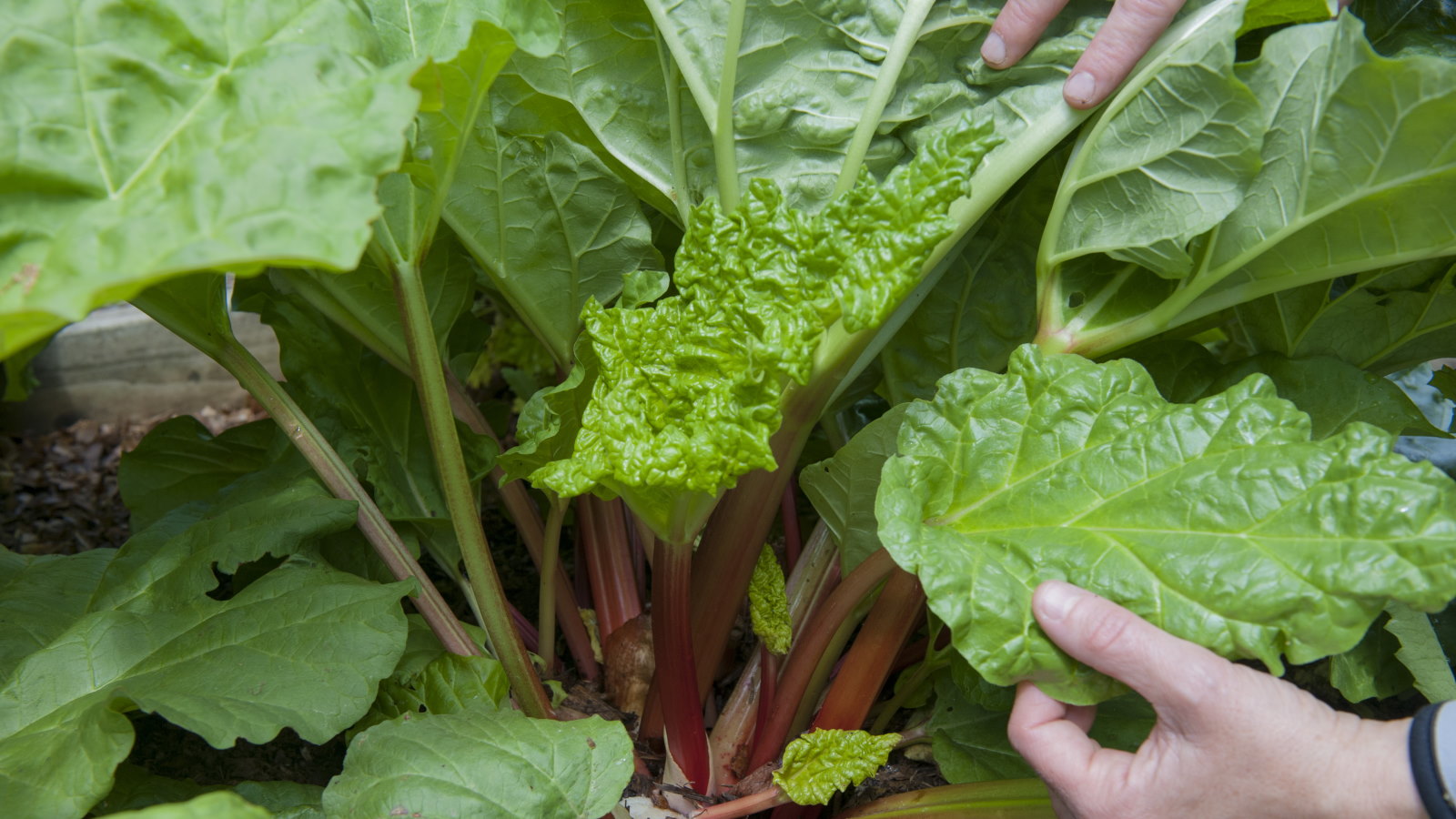 I grew rhubarb from seed for years – here’s exactly how to do it for guaranteed germination and healthy crops of fruit
I grew rhubarb from seed for years – here’s exactly how to do it for guaranteed germination and healthy crops of fruitGrowing rhubarb from seed is a cost-effective way to propagate plants, but it requires care and patience
By Drew Swainston
-
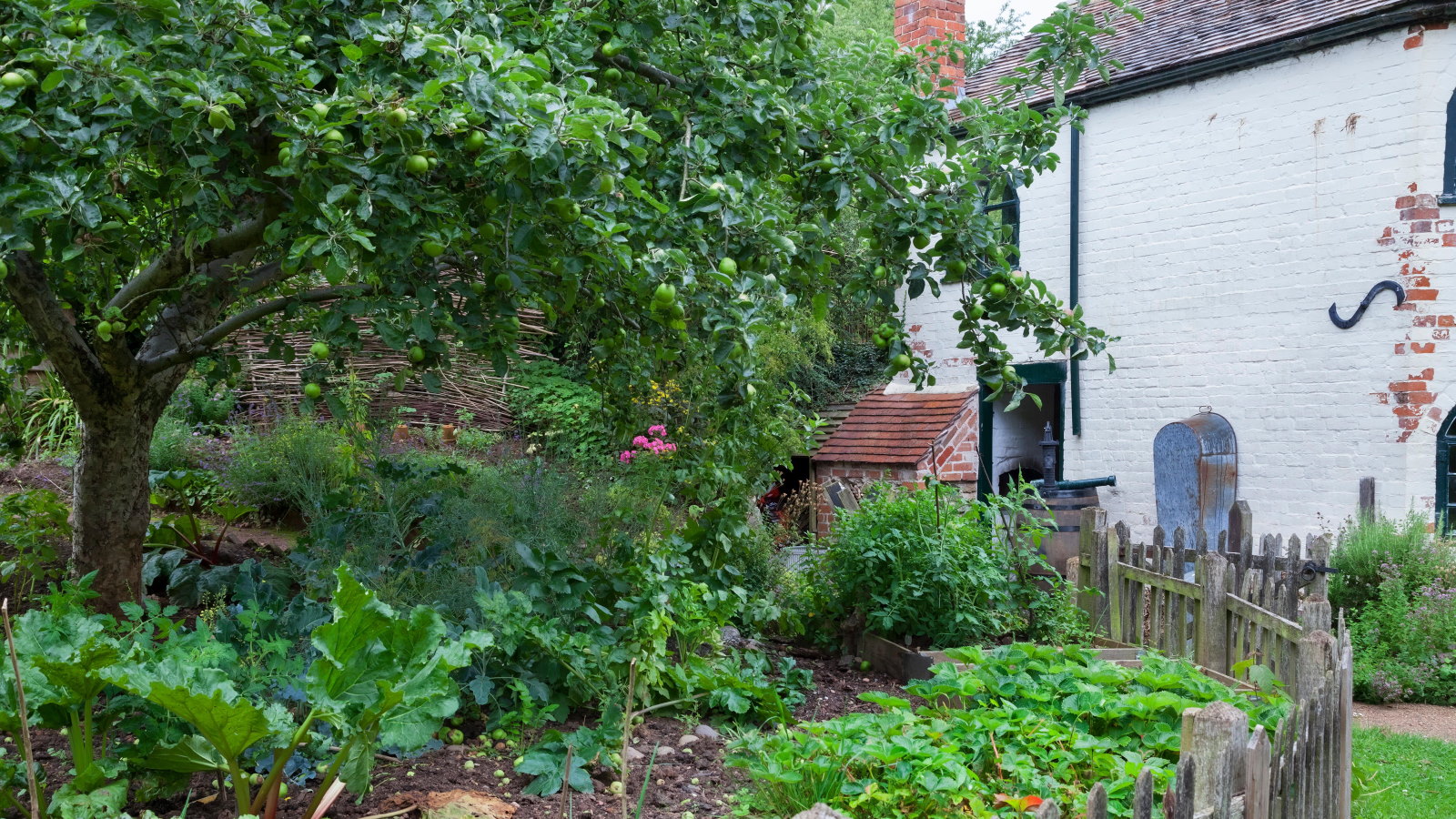 4 reasons you should plant trees in a vegetable garden – plus experts reveal the secrets to help you reap the rewards
4 reasons you should plant trees in a vegetable garden – plus experts reveal the secrets to help you reap the rewardsSee how agroforestry principles can help boost your soil and harvests
By Drew Swainston
-
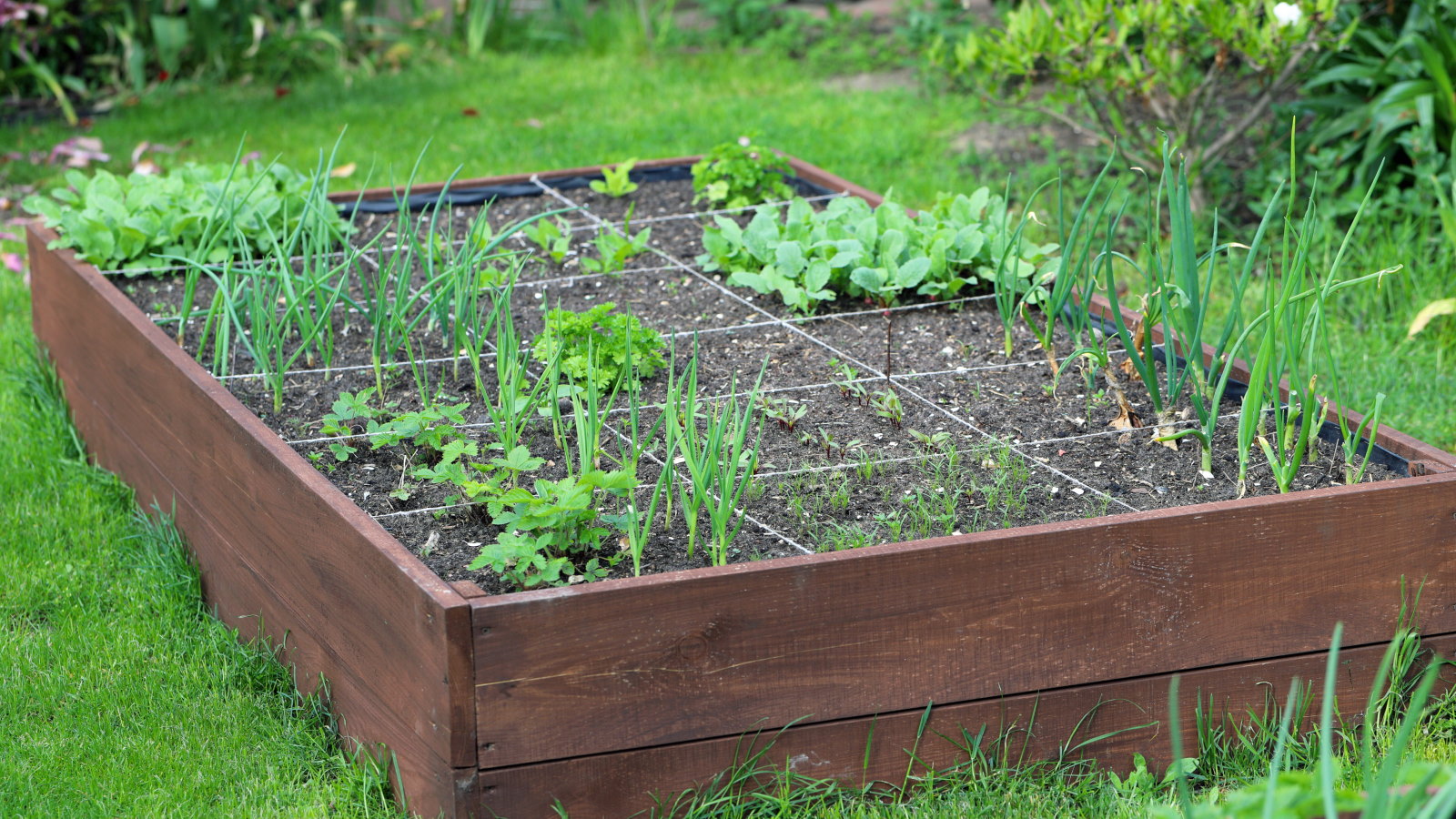 9 of the best vegetables to grow using the square foot gardening method – for big harvests in small spaces
9 of the best vegetables to grow using the square foot gardening method – for big harvests in small spacesPlus how many of each vegetable can be grown per square foot
By Drew Swainston
